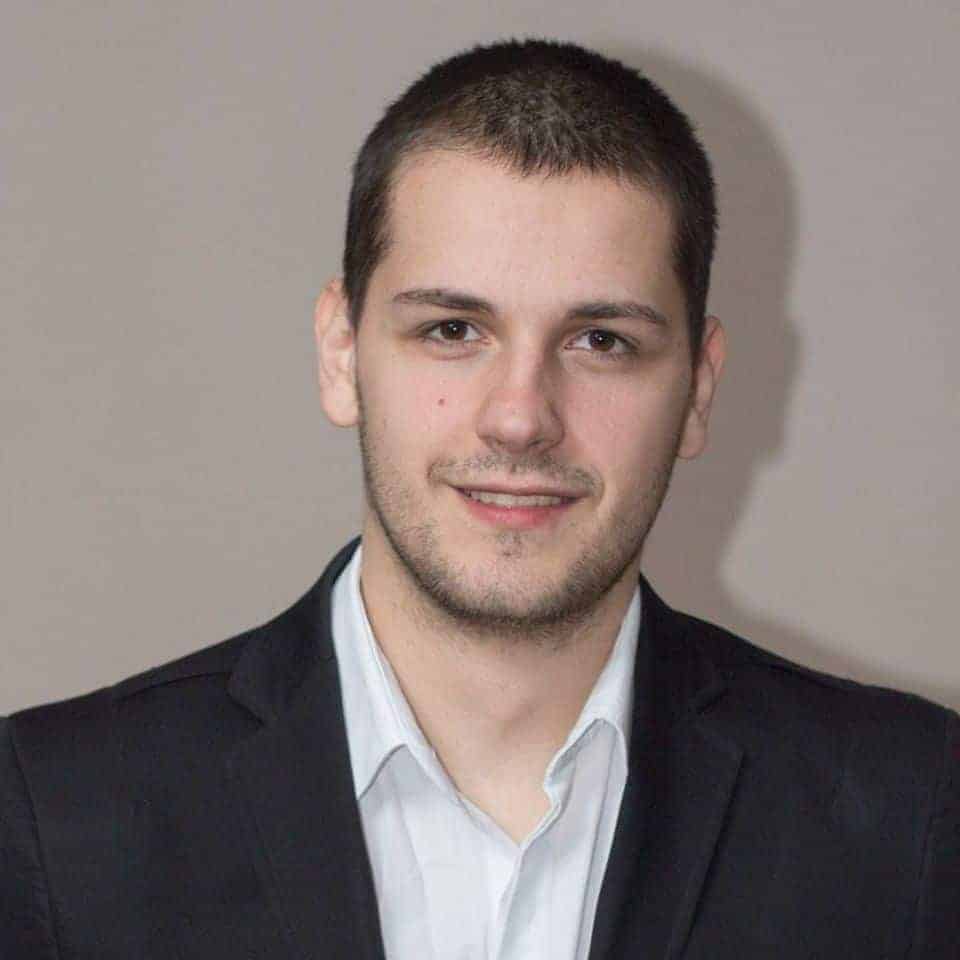
Today, Mystic Mag interviewed Athena Jezik, Massage Therapist. We talked about her career, services she offers, and how light and non-invasive techniques can work just as good or even better than more aggressive approaches.
When did you first know that being a Bodyworks Massage Therapist was your calling and how did it come about?
I have studied Ballet since a young child so have always been body oriented. As I grew older, I realized I needed to find something that would allow me to work independently. Massage was not very popular then so I thought it would be a good idea to explore it. It seemed very natural to me. As time went on, I realized that massage did not allow me to address the more serious situations. That is when cranio/sacral therapy came into view, which I thought was a very strange modality. Went to the course and realized as I got worked on by a student the last day that this was the therapy I needed to focus on.
What services do you offer?
I offer cranio/sacral therapy, lymphatic drainage, subtle bodywork techniques which I now teach in my course ‘Fundamentals of Subtle Anatomy’. I often use some sound therapy using the old Tibetan singing bowls. Many back issues, head traumas, and other issues with joints. I have developed a unique system that is non-invasive and very affective to correcting the structure, so more efficient function can follow.
What can a person expect from your sessions?
Clients can expect from my sessions a deep relaxation, drifting into sacred places, often working through things that comes up in this state of ‘hovering’ (as I call it), all the while I’m working with a 5-gram (weight of a nickel) resistance allowing the body to make it’s own corrections. I do not force any movement in a direction I feel it has to go to correct, rather I follow the shifts and changes as the body moves into its own correction. Clients are deeply relaxed when the session ends.
Was there anything that you felt you needed to do to deepen or develop your skills?
It takes a long time to get the work into the hands due to the brain’s interference with feeling one has to ‘fix’ the client, so the most challenging part was to get myself out of the way. In doing that I was able to develop an intuition that leads me to ‘know’ where to go. For the most part it is something that requires a lot of practice and learning about every different injury from those who came in. I would guess the relief I get from this work is in the high 90 percent. However, one must also remember that it is the client who can override the body’s ability to correct if they don’t really want to heal. Healing is an interactive part as it is one’s own responsibility to want to be well, so many other things also need to be taken into consideration.
What is the most important detail in maintaining a relationship of mutual trust with customers?
The most important detail for me is to sense movement of the misaligned tissue and to bring to the client a measure of relief. I also know that not all will understand or appreciate the light, non-invasive technique applied, as our mind set has been conditioned that aggressive work is what will help, and in some cases necessary. I have discovered that ‘less is more’ when it comes to getting relatively quick results to conditions that typically take a long time with the more aggressive modalities.
What do you love most about your profession?
I love to see people get out of pain and back to living a richer life. My goal now is to teach people subtle techniques so there are more well-trained hands to bring therapists into the sphere of Healing Artists.



